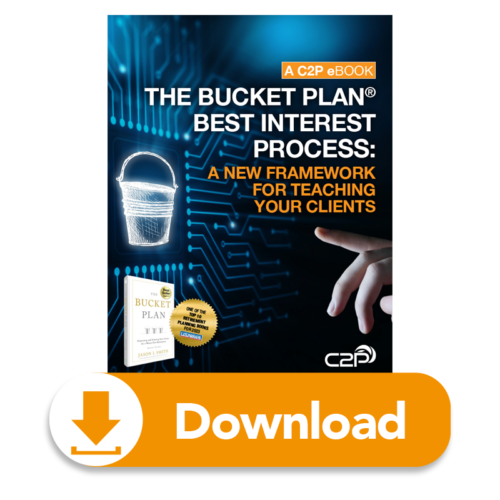Understanding the Gaps in Your Client’s Future Income
What if there was a quick and easy documented way of assessing whether your clients will have an income gap or excess cash flow when they retire? With the Income Gap Assessment, you will be able to discuss the overall cash-flow based financial plan with your clients and determine ways to guarantee their income in retirement.
We created the Income Gap Assessment to cut down on time spent with each client. This resource will allow you to skip the long budgeting process and get right to the important stuff.
The Bucket Plan® Best Interest Process is an asset allocation system used to develop simple, cash-flow based financial planning methods that your clients will understand. The holistic financial planning process is full of valuable resources.
The Income Gap Assessment is just one piece in a series of turnkey tools and processes available through C2P.
There are four sections:
- Income Lost in Retirement
- Income Gained in Retirement
- Increased Expenses in Retirement
- Decreased Expenses in Retirement
How Financial Advisors Can Help Clients Avoid Income Gaps During Retirement
The first section is where you log the client’s net income after taxes.
This is the current amount being deposited into checking from salary, wages, and other sources of income pre-retirement. You want to determine the difference between their annual bring-home salary and their yearly living expenses.
After you calculate the annual net income, ask the client to choose which of the following scenarios most closely applies to them:
- Breaking even and consuming all your net income.
- Managing to save money by consuming less than your net income.
- Losing money and going into debt.
The second section focuses on income gained after retirement. Between Social Security and pensions, what will their fixed income be once they are no longer earning a paycheck?
For Social Security optimization, clients may delay one or both of their benefits. This will leave a larger gap income for a short period of time. In these cases, consider conducting multiple Income Gap Assessments for the different time periods to get an accurate picture of their cash-flow based financial planning strategy throughout retirement.
Another option is to do one Income Gap Assessment as if all fixed income sources are activated. Then, determine the amount of assets you would need to set aside to cover the bridge needed to make up for the delayed income.
Social Security Reform Planning in 2025
Planning for the Impact of Taxes on Your Client’s Financial Plan to Avoid Income Gaps
You should list anything that might affect retirement income under the increases in expenses section.
Ask your clients about potential increases from income tax increases, health insurance premiums, increased travel expenses, etc.
Tax planning is one of the most significant opportunities wealth professionals have. Clients often view tax planning as their most daunting and confusing retirement expense. You can use their tax returns to find areas where you can save them money and avoid income gaps in the future.
“A competent financial planner can evaluate multiple years of prior 1040s and supporting documents to inform present tax planning decision and identify planning opportunities and areas of concern for the current and future periods.”
– Certified Financial Planner Board of Standards
Understanding the Accounts that Can be Drawn Against for Emergencies
Next, you should log all major expenses that will decrease after they retire. Will they pay off a loan or mortgage? How much do they have in their savings account?
With these three figures, you can derive the gap income that will need to be taken from liquid investable assets in retirement.
The Income Gap Assessment exercise aims to determine the gap between the net income a client is currently living on while working and the fixed income sources they will have after retirement.
It is based on a consumption methodology of budgeting and will provide an accurate amount that they will need to draw off their liquid investible assets once they retire. This assessment is particularly useful and efficient for clients and prospects who will be retiring in fewer than ten years.
Planning for Future Unplanned Expenses
Net Income Need – Fixed income – Adjustments = Total Income Gap
Once you have the final number, you’ll know if the client has an annual surplus or deficit for their retirement. If there is an income surplus, they will have excess cash flow. Knowing this will allow you to act more strategically with their holistic financial plan or cash flow analysis.
The Income Gap Assessment is a viable tool to determine what kind of situation your client may find themselves in once they retire. If you determine the client has a gap income, you should ask them the following question.
“How much of this income gap do you want guaranteed in your financial plan?”
This will serve as a basis for their total income needed in retirement. It also creates an opportunity for you to show them how you can guarantee their income once they retire.
The Income Gap Assessment is just one tool in a series of resources and assets found in The Bucket Plan® Best Interest Process.
The Bucket Plan® Best Interest Process is a proven, turnkey holistic wealth planning process for gathering data, documenting findings, and delivering asset-positioning strategies in your clients’ best interest. We have defined, refined, and tested it so businesses of any size can replicate it.
Financial Professional Use Only
The information provided in this presentation is not intended as investment advice or legal advice. The information provided is for informational and training purposes only. The information in this presentation was accurate as of the time of the material was created. Tax laws and rulings can frequently change. Please discuss the client’s current situation with an accountant or tax advisor.


